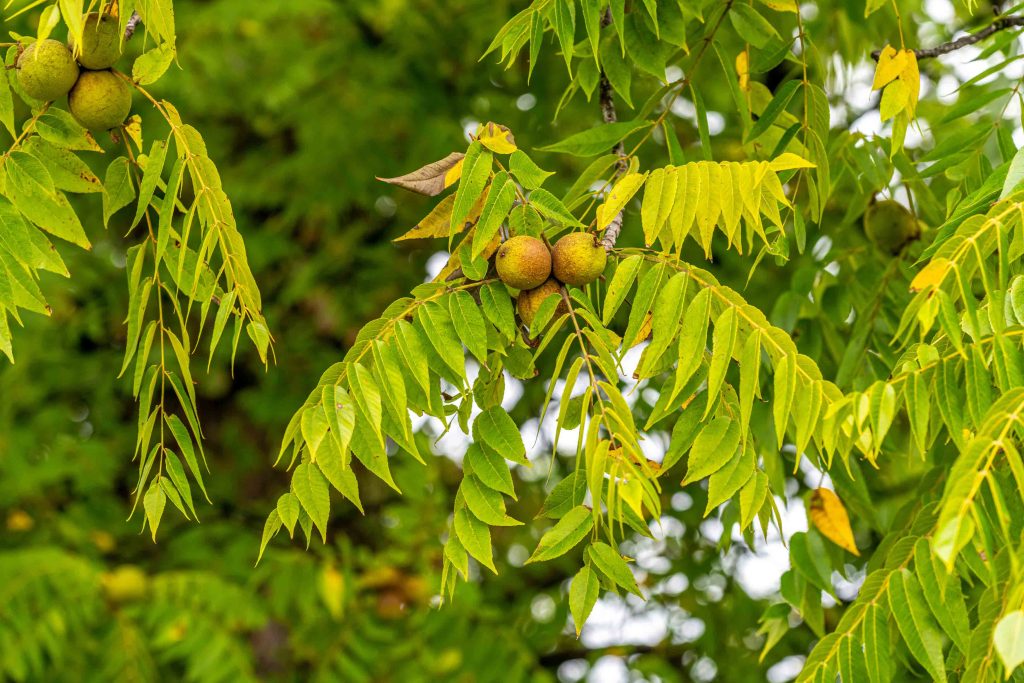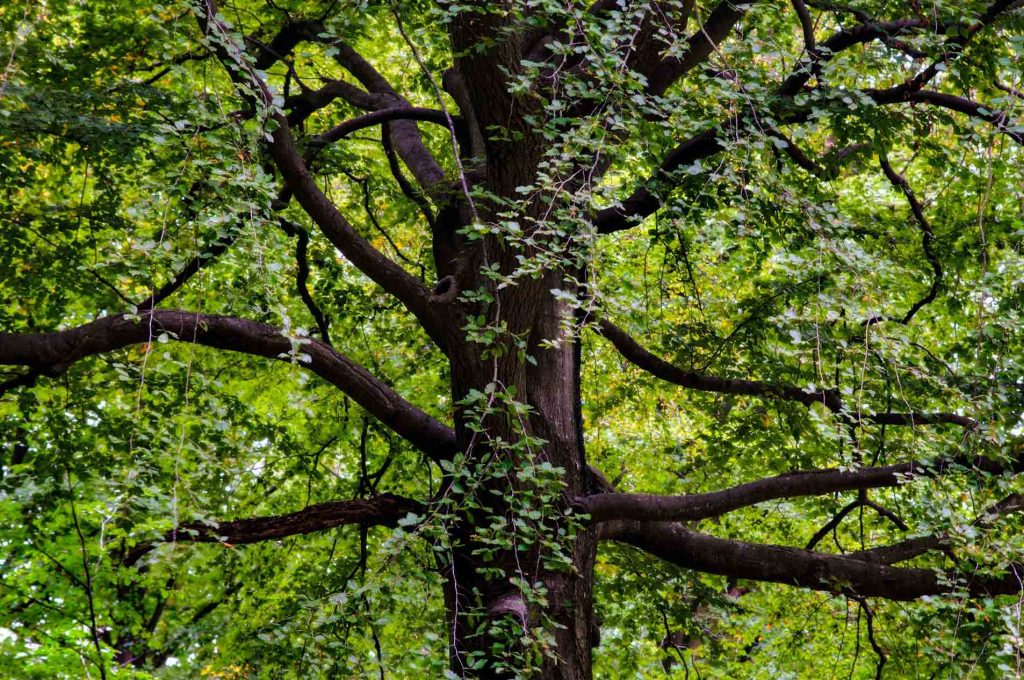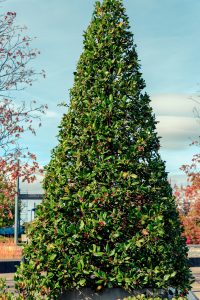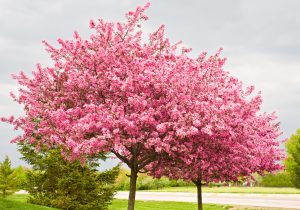The Black Walnut’s Power and Complexity in Maryland Landscapes
The Black Walnut (Juglans nigra) is a majestic native tree found along slopes, streams, and open woods throughout Maryland. Renowned for its edible nuts and high-value lumber, this species presents both opportunities and challenges for property owners. Its production of juglone, a natural compound toxic to certain plants, makes professional planning essential when incorporating Black Walnuts into residential landscapes.
Growth Characteristics and Habitat
Black Walnuts can grow 70 to 90 feet tall, developing broad crowns with strong central trunks. They favor deep, fertile soils with good drainage, thriving in both natural forests and open landscapes. Their nuts provide food for wildlife, while their durable wood is highly sought after for fine furniture and woodworking.

Benefits and Drawbacks
The tree’s nuts are a food source for squirrels and birds, while its canopy offers valuable shade. However, juglone exuded from roots, leaves, and husks can inhibit the growth of sensitive plants like tomatoes, azaleas, and apples, requiring careful landscape planning.
Pest and Disease Concerns
Walnut anthracnose, thousand cankers disease, and various borers can affect Black Walnuts, especially those under stress. Professional monitoring, prompt pruning of infected branches, and soil management help mitigate these threats.
Managing Black Walnuts in Landscapes
The Black Walnut’s benefits outweigh its challenges when managed correctly. Professional site evaluations, strategic planting, and health monitoring allow homeowners to enjoy this valuable native without compromising surrounding vegetation.
Learn more about Black Walnuts by visiting Prestige Tree Experts or calling 240.281.3334.










